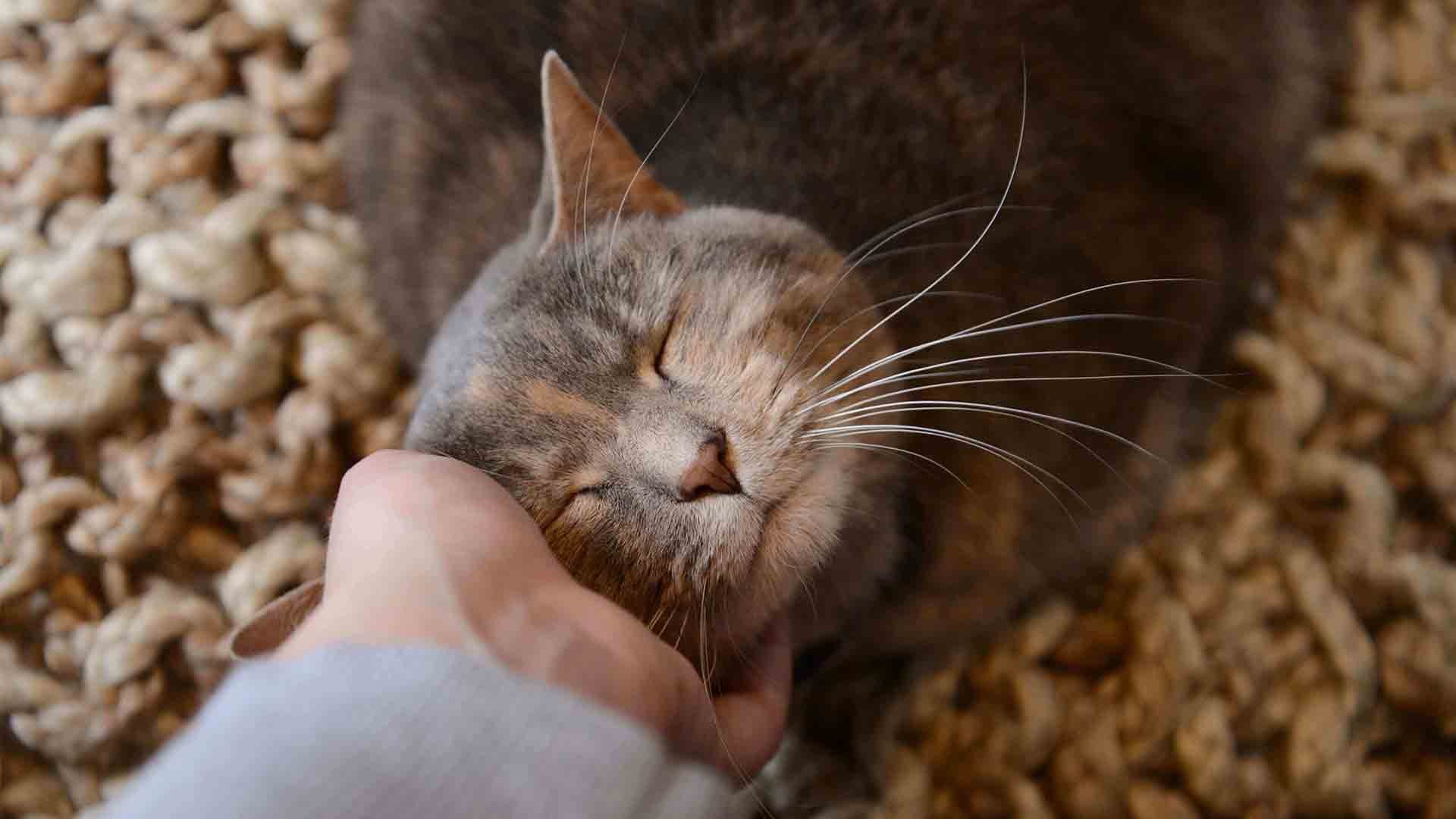Petting animals is a common way humans show affection and bond with their furry, scaly, or feathered companions. We often assume that because we enjoy a comforting stroke, our pets do too. But is this always the case? The question “Do All Animals Like Being Pet?” is more nuanced than a simple yes or no. Let’s delve into the science behind touch and explore why petting is perceived differently across the animal kingdom.
The Science of Touch and Pleasure in Animals
The sensation of touch is fundamental to mammals, playing a significant role in their emotional and physical well-being. When an animal is stroked, neurons in their hair follicles are activated. These neurons then transmit signals to the brain, often resulting in a pleasurable sensation. This response is deeply rooted in biology, contributing to social bonding, reducing stress, and even influencing physiological states like heart rate and hormone release. Gentle, rhythmic stroking, in particular, tends to be universally appreciated by mammals who enjoy physical contact.
Why Cats Often Enjoy Petting: Scent and Security
Cats are often cited as prime examples of animals that love to be petted, and there are several reasons for this behavior. One key factor is scent marking. Cats have scent glands on their faces, flanks, and paws. When you pet a cat, especially around their head and body, they are often depositing their scent onto you. This behavior, known as “bunting,” is a way for cats to mark their territory and claim ownership, even over their beloved humans!
Furthermore, petting can mimic the grooming behavior of a mother cat towards her kittens. When kittens are young, their mothers lick and groom them extensively, particularly around the head and neck. Head scratches and gentle petting in these areas may evoke those early feelings of comfort, security, and maternal care, fostering a strong bond between the cat and its owner.
Decoding Dog Petting Preferences: Respecting Canine Communication
Dogs, while often enthusiastic recipients of affection, have slightly different perspectives on petting compared to cats. While many dogs enjoy being petted, especially by their trusted humans, it’s crucial to understand canine body language to ensure they are truly enjoying the interaction. Approaching a dog from directly above to pet their head can sometimes be perceived as a dominant or threatening gesture, particularly for dogs who are timid or unfamiliar with the person.
However, dogs also display affection through physical touch. Nuzzling their heads against their owners, leaning into pets, and soliciting belly rubs are all clear signs that a dog is seeking connection and enjoying physical interaction. Understanding the context and a dog’s individual personality is key to petting them in a way they appreciate.
When Petting is a No-Go: Respecting Boundaries
While petting is often associated with positive interactions, it’s essential to recognize that not all animals enjoy or benefit from being touched. Marine mammals, for instance, often react negatively to being petted. Their skin and fur (or blubber) are highly specialized for aquatic life. Inappropriate touching can damage their protective coats, disrupt their natural oils, and make them vulnerable to parasites and diseases.
Even among common pets like dogs and cats, individual preferences vary. Some animals may be more sensitive, fearful, or simply not inclined to physical touch. Forcing petting on an unwilling animal can cause stress, anxiety, and potentially lead to defensive behaviors. Always observe an animal’s body language – relaxed posture, soft eyes, and leaning in indicate enjoyment, while tense muscles, flattened ears, and attempts to move away signal discomfort.
Benefits of Petting Your Pet (When They Enjoy It): Building Bonds and Checking Health
When done respectfully and with consideration for an animal’s preferences, petting offers numerous benefits. It’s a powerful tool for strengthening the bond between pets and their owners, reinforcing positive behaviors through gentle touch and attention. Petting can also have a calming effect, reducing stress and promoting a sense of well-being in animals.
Beyond emotional benefits, petting is also a practical way to monitor your pet’s health. Regularly stroking your pet allows you to check for any abnormalities in their coat, such as parasites, mats, or unusual lumps or bumps that might indicate a health concern.
In conclusion, while many animals, particularly mammals, can find petting pleasurable due to the neurological responses and social bonding it facilitates, it’s inaccurate to assume that all animals universally enjoy being pet. Understanding species-specific behaviors, individual preferences, and respecting boundaries are crucial. Always pay attention to an animal’s body language and ensure that petting is a positive and consensual interaction for both you and your animal companion. Remember to build trust before attempting to pet unfamiliar animals, as they may perceive touch from strangers as a threat.


